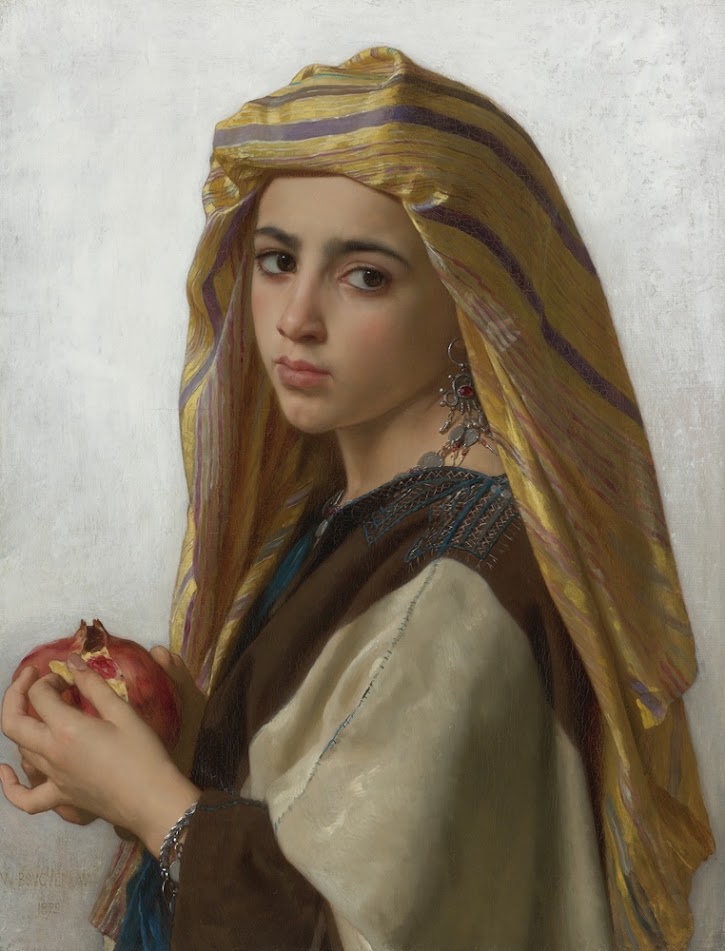A note to the readers of Zaidan Gallery
It is with great sadness that we share the news that the author of this blog, Henry Zaidan (1948-2025), has passed away.
Henry started this site to collect, organize, and share the art he loved. Over the years he built Zaidan Gallery into a rich archive that ranges from religious icons and biblical scenes to marine painting, Orientalist works, portraits, Venice and Paris cityscapes, Middle Eastern artists, mythology, the art of the nude, and the “365 Saints” series with its careful dates, attributions, and footnotes.
Most of the posts here follow the same quiet rhythm: the work, the artist, the date, the medium, the story behind the image, and links to further reading. He wasn’t trying to be an art critic. He was building a reference library – patient, detailed, and open to anyone who was curious enough to click.
For those of you who subscribed, bookmarked posts, or wandered in from a search result and stayed to read the footnotes: thank you. This community of readers mattered to him.
We intend to keep this blog online as an accessible archive of his interests and research. We hope you will continue to browse, revisit favorite posts, and share them with others who care about art and history.
On behalf of Henry’s family,
Titiana, Michael, and George














